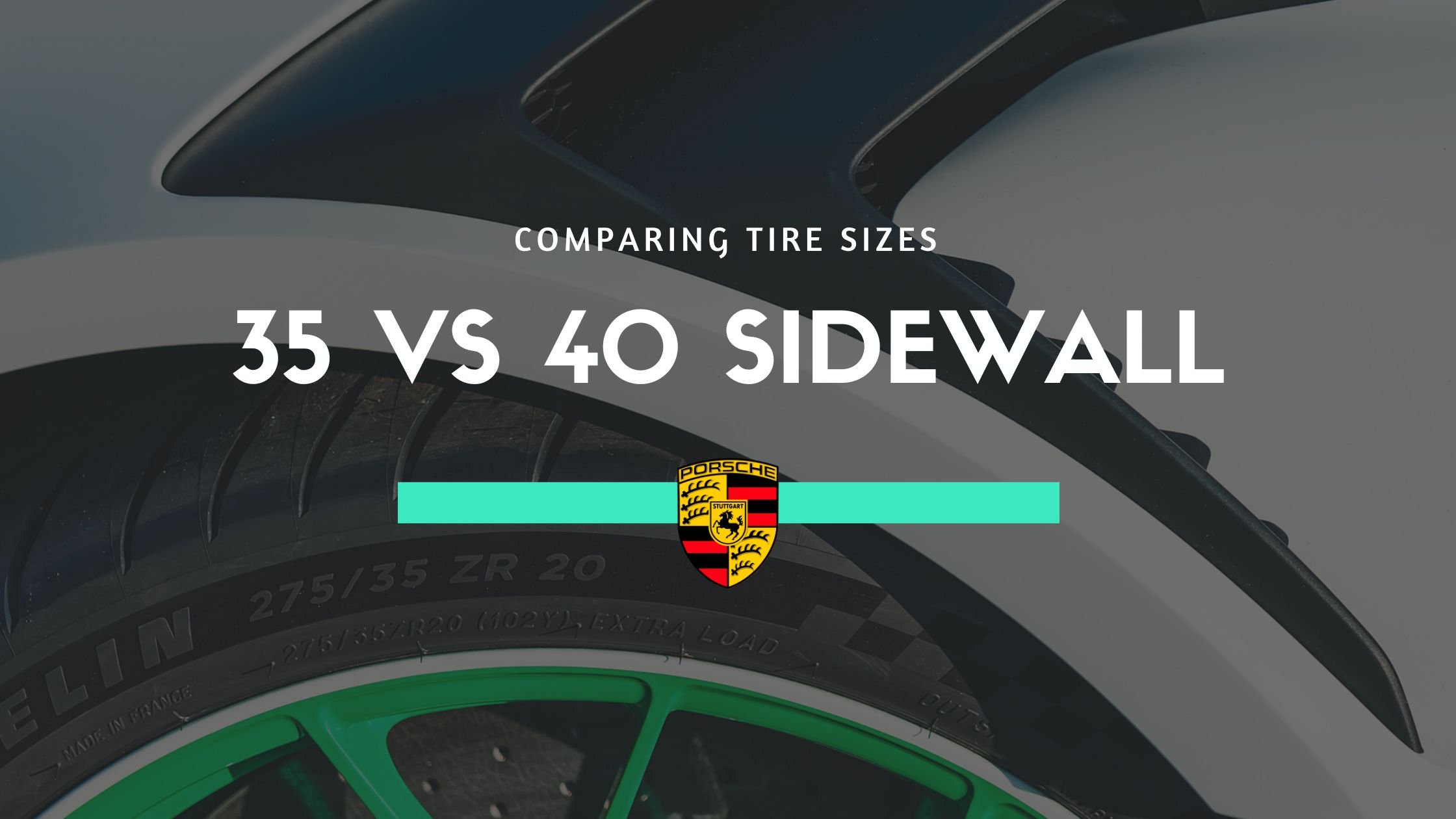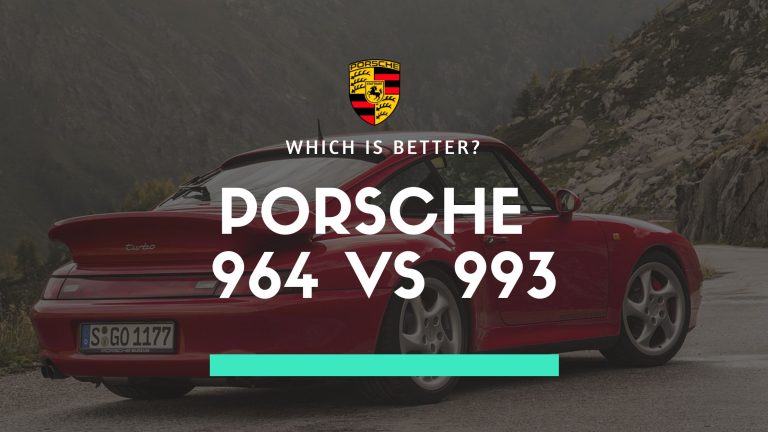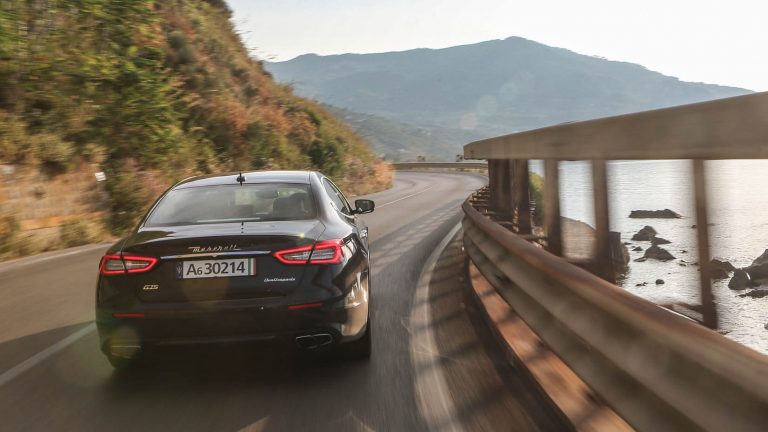Comparing 35 vs 40 Sidewalls: Detailed Tire Analysis
If you are in the market to shake things up a bit, you might be thinking about upgrading those worn tread tires you are currently running. But what tires should you go for? Michelin or Pirelli? Something else? And, just as important as which types of tires, which size should you go for? 35 vs 40 sidewall? Which is best?
This short and sweet blog post discusses Sidewalls. What are Sidewall Tires? What do the numbers assigned to them mean? And, the reason we are all here, what are the differences between a 35 vs 40 Sidewall, what are their advantages and disadvantages, and how the am I supposed to know which ones to use?
Don’t worry, we’ve got your back, here is comparing 35 vs 40 Sidewalls.
Highlights
- The article discusses the differences between 35 vs 40 sidewalls on tires.
- Sidewalls refer to the portion of the tire that extends from the bead to the tread, providing information such as tire size and load index.
- The number assigned to a sidewall tire, like 35 or 40, indicates the the tire’s sidewall height.
- A 35 sidewall has a shorter sidewall, designed for improved handling and cornering but may feel harsh on rough roads. Common on track cars and performance cars.
- A 40 sidewall has a taller sidewall, providing a smoother ride with better shock absorption, suitable for luxury cars and long drives.
- Choosing between 35 vs 40 sidewalls depends on factors like driving style, road conditions, vehicle specifications, and personal preferences.
- Performance and handling favor 35 sidewalls on tires, while comfort and shock absorption favor 40 sidewalls on tires.
- Vehicle manuals and personal preferences also play a role in the decision-making process.
What Is A Sidewall On Tires?
To ensure we are all on the same page, we should cover what we mean when we say sidewalls on tires. A sidewall is part of the tire that extends from the bead of the tire to the tread. The side of the tire faces outward when mounted on a wheel.
If you imagine the tire as a mostly rounded doughnut, the sidewall is a flat surface of the curvature of the doughnut. Does that make sense, or are we just hungry? The sidewall of a tire contains important information such as the tire width, sidewall, diameter, load/speed index, and sometimes even the correct PSI level.
Although that is often found inside each car as it varies based on the weight of the car. The sidewall also provides protection for the tire against impacts and external damage like debris on the road, as well as support for the weight of the vehicle.
What Does The Sidewall Number Mean?
When you see a number on a tire like 35 or 40, it is trying to tell you how tall the side of the tire is as a ratio of the tires width. It will come up something like 255/35/19. The middle number is for the sidewall. If the number is bigger, that means the side of the tire is taller. A tire with a lower number like 35, will have a shorter sidewall.
This is great because it makes it handle better, but it can feel bumpy on a rough road, as there is less tire to absorb the impacts of driving. On the other hand, a tire with a bigger number, like 40 will have a taller side. It can make driving on smoother but may not handle as well as a tire with a lower number.
In real-world terms, you are likely to see something on your tire like 255/40/20. We are interested in the 40R, a 40% ratio (R stands for the ratio).
What Is A 35 Sidewall?
The aspect ratio number on a tire that is 35 would make it a 35 sidewall, or a 35% sidewall, whichever term you prefer. Both get used but they mean the same thing. A 35 Sidewall Tire has a shorter sidewall and a wider tread than other tires, which is designed to improve handling and cornering performance but make the ride feel harsher on rough roads.
35 Sidewalls are often more popular for track cars as they are perfect for being used, abused, and changed out pretty quickly. Popular vehicles that use 35 sidewall tires include the Chevrolet Camaro, Ford Mustang, and Dodge Challenger.
Overall, 35 sidewall tires are a good choice for drivers who prioritize handling and performance over comfort. This definitely applies to muscle cars and Porsches (some of the time, anyway).
What Is A 40 Sidewall?
On the other hand, a 40 Sidewall tire has a taller sidewall than other tires, with an aspect ratio of 40%. Making it bigger than the 35s. Many people incorrectly think that the 40s are only a generic 5% bigger than the 35s but it actually all depends on the ratio according to the tire width.
But it could actually be the case that 40 is 15% bigger than 35. The difference is a little more significant than most people might think. That makes them better for absorbing bumps and providing a smoother ride than lower aspect ratio tires, making them good for luxury cars and long drives.
Examples of popular vehicles that use 40 sidewall tires include many luxury sedans and SUVs, such as the Mercedes-Benz S-Class, BMW 7 Series, Audi, and Lexus. However, they may not handle as well as lower aspect ratio tires.
35 vs 40 Sidewall Tires – Which Should I Use?
When deciding between 35 and 40 sidewall tires for your car, there are a few factors to consider. First, it’s important to consider factors such as driving style, road conditions, and the vehicle’s recommended tire size and specifications.
If your car requires 35s by design then who are we to argue? In that same vein, if performance and handling are a priority, a 35 Sidewall tire may be best for you. In contrast, a 40 Sidewall tire may provide a more comfortable ride partly due to better shock absorption.
Sometimes the vehicle owner’s manual tells you what you need, and sometimes your own wants tell you what you need. Aesthetics plays a small role in deciding but honestly, it’s one of the only instances when it comes to cars that looks really don’t matter to most people.
Our Verdict On 35 vs 40 Sidewalls
Hopefully, this blog post simplified the 35 vs 40 sidewall debate for you a little bit. It really isn’t overly complicated, the problem is that there tend to be so many numbers written on your tires that it’s just hard to know which ones to concentrate on in any given situation.
In the most simple terms, if you are looking for a more speedy ride that is happy to sacrifice comfort in the name of better traction and increased performance, smaller is better. On the other hand, if you want a more comfortable ride, then higher is better. And that is exactly how you should break down the 35 vs 40 Sidewall Tires debate. Thanks for reading.







